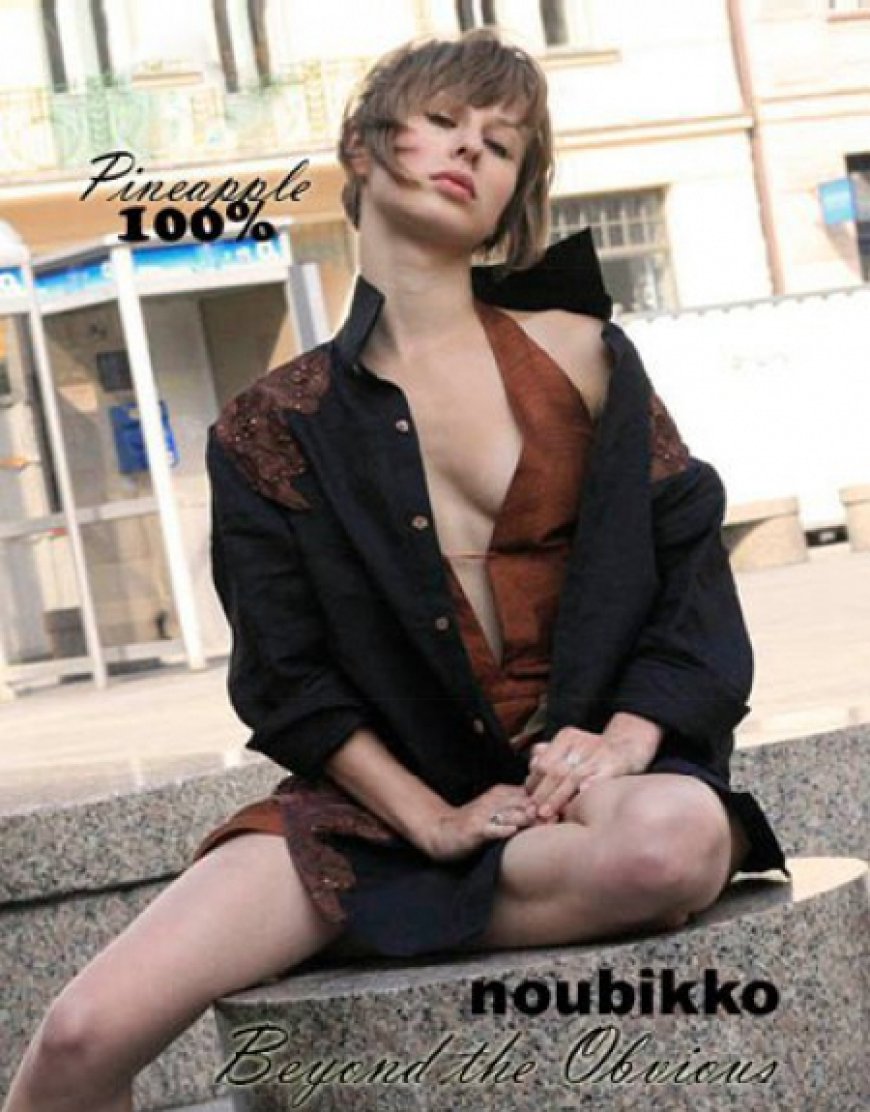How to Start a Creative Career After 40 (and Why It’s Not Too Late)

Why 40 Isn’t a Deadline
If you’re over 40 and thinking about starting a creative career, you’re not behind—you’re right on time. Creativity doesn’t have an age limit. In fact, it often gets sharper with experience.
Research backs this up. A study by the Kauffman Foundation found that the average age of a successful startup founder is 45. Many actors, artists, designers, and writers get their break after 40. Vera Wang didn’t design her first dress until she was 40. Samuel L. Jackson got his first major film role at 43. Julia Child published her first cookbook at 50.
Age can be an edge. Life experience builds better characters, deeper stories, and sharper instincts.
First, Stop Waiting for Perfect
Waiting to feel “ready” is the fastest way to stay stuck. There’s no perfect age or moment. The longer you wait, the more energy you waste.
Bobbie Mangini didn’t step fully into acting until her 50s. Before that, she worked in HR, bartended, and raised two kids as a single mum. “I had 50 auditions and didn’t book a single one,” she said. “Then I had a few more, and everything shifted. Same me—just didn’t quit.”
She didn’t build her second act by accident. She showed up even when no one was watching.
Build Skills, Not Excuses
Start Where You Are
Use what you already know. If you’ve been writing in journals, that’s a start for scriptwriting. If you enjoy photography on your phone, that’s a starting point for creative direction.
You don’t need to go back to school full-time. Microlearning is more accessible than ever. Here are a few places to try:
- Skillshare and Domestika – great for design, writing, photography
- YouTube – totally free, surprisingly deep
- Acting Studio Chicago – where Bobbie Mangini trained after 50
- Coursera or MasterClass – for structured creative insights
Pick one skill. Practise 15–30 minutes a day. Don’t try everything at once.
Relearn How to Fail
Creative fields run on rejection. Actors get passed over. Writers get ignored. Artists get “likes” but no sales. You’ll probably fail a few times. Maybe a lot.
But that’s normal. The only real loss is quitting too soon.
Use rejection as data. Ask yourself:
- What didn’t land?
- What did I learn?
- What can I improve?
Track feedback. Don’t ignore it. Use it.
Shift the Way You See Time
Time Is Short. So What?
You may think you’re “too late” because others started in their 20s. But many of them burned out or quit. You have staying power.
If you’re 45 and start now, you could work another 20+ years in your new career. That’s more time than most college grads have in their first job.
Time is fuel—not a limit. Focus on the work, not the number.
Find Time You Didn’t Think You Had
You don’t need 8 hours a day to start. Most people waste more time than they realise.
- Cut 1 hour of TV or scrolling = 7 hours/week
- Use your lunch break to brainstorm, sketch, or write
- Wake up 30 minutes earlier to work on one idea
- Batch tasks on weekends if your weekday is packed
Set a timer. Block time. Don’t wait for “free” time—it never shows up.
Get in the Room (Even If You Feel Out of Place)
Community Is Key
You won’t grow alone. Even introverts need people.
Find other creatives over 40. Join forums, Facebook groups, local workshops, or community events.
- Meetup.com has creative groups for every niche
- CreativeMornings holds free events in major cities
- The Acting Studio Chicago is one place Bobbie Mangini found her people
Look for safe spaces to ask dumb questions. Everyone starts somewhere.
Build a Micro-Portfolio
Don’t wait to “be discovered.” Start creating and sharing now.
- Record 60-second monologues
- Share sketches on Instagram
- Post one blog a week
- Shoot short scenes with your phone
Keep it simple. Don’t try to go viral. Just be consistent.
If you’re stuck, use these prompts:
- “What would I create if no one saw it?”
- “What have I wanted to make for 10+ years?”
- “What’s something I know how to teach in 3 steps?”
Put your answer into action. Repeat weekly.
Build Confidence by Doing, Not Thinking
Confidence doesn’t come before the work. It comes from the work.
Start small. Keep promises to yourself. Finish what you start, even if it’s rough.
Action builds belief.
Bobbie Mangini didn’t walk into casting rooms with blind confidence. She walked in after years of showing up, even when it felt pointless. Her confidence was built on showing up anyway.
You Don’t Need to Quit Your Day Job
This isn’t all-or-nothing. Most creative professionals started part-time. Many still work other jobs.
Use your job to fund your creativity. Let your income reduce pressure. That space makes you bolder.
Set small milestones:
- First portfolio piece
- First showcase
- First freelance client
- First time getting paid (even $5)
Celebrate the early wins. That’s the fuel you need to keep going.
No, It’s Not Too Late. It’s Exactly the Right Time.
You’re not behind. You’re not stuck. You’re just starting—and that’s something to be proud of.
Start where you are. Work with what you have. Use what you know. Then build the rest.
Whether you’re acting, painting, filming, writing, or building your first creative business—start this week. Not next year. Not when you’re “ready.”
Now works.
And if you’re looking for proof? Look at people like Bobbie Mangini.
She didn’t let age stop her. She didn’t wait for someone to give her permission. She picked up where she left off—and made it count.
The post How to Start a Creative Career After 40 (and Why It’s Not Too Late) appeared first on Entrepreneurship Life.









